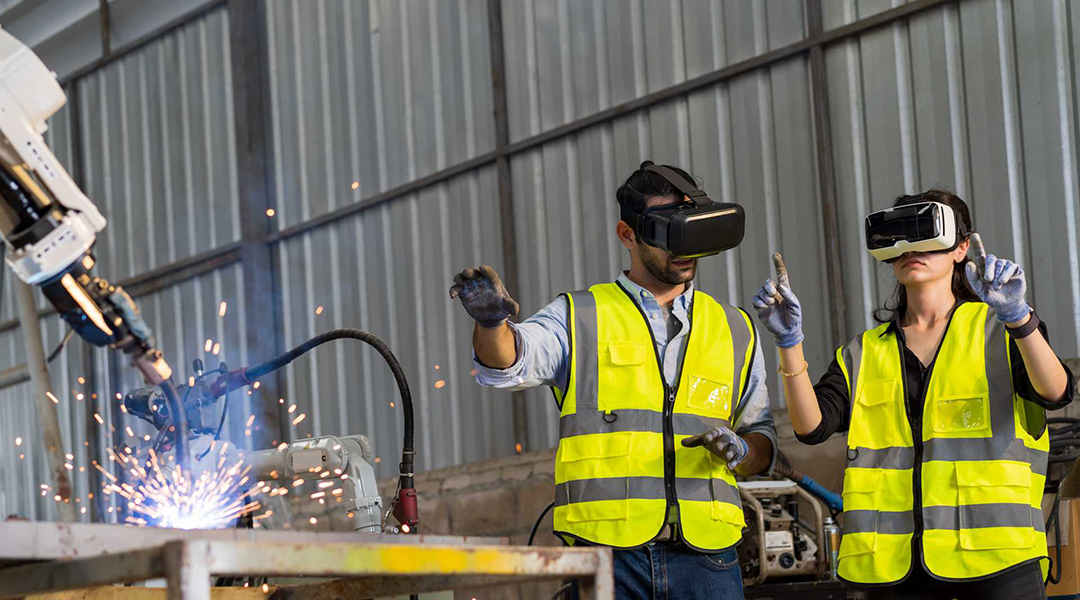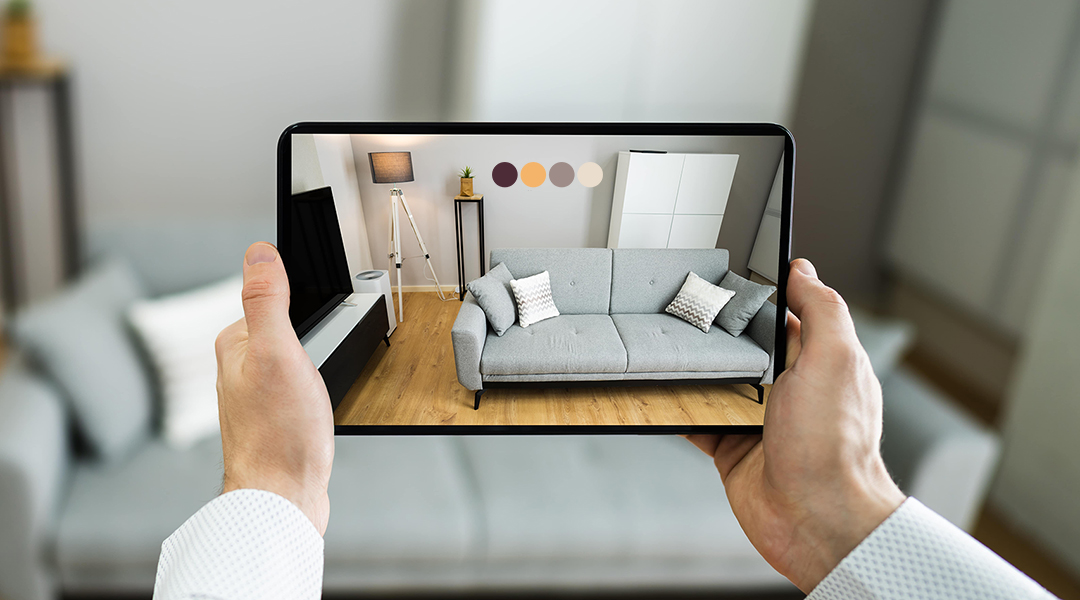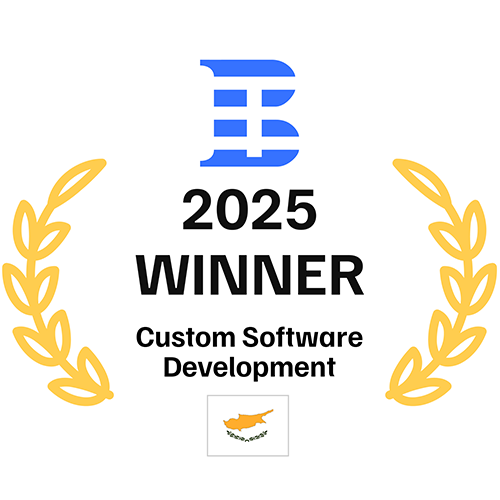Seeming an innovation in the contemporary world, Virtual Reality (VR) has a pretty long story. Everything had started in 1984 when Michael McGreevy decided to use VR technology for improving human-computer interface design. Not surprisingly that different industries found a use for Virtual Reality in their business processes. We cannot imagine the world today without such widespread tool as virtual reality.
But for the majority of population Virtual Reality is associated with game industry which is not true. These days it is used in many different fields of business and to fit with modern requirements in your industry sector you simply have to apply it. This is just the mere check-list of the industries where VR has taken root.
Education
VR provides the opportunity for learners of different study areas to interact with three-dimensional objects, thus to learn the subject more fully, simplify the process of learning and interaction between students. It is especially beneficial for medical students. VR enables them to see a human body in three-dimensional space, and much training on medical manipulations are done using VR. It comes very usefully when training should simulate actions during combat operations. It also gives opportunities for disabled children to learn what was impossible before.
Military
It proved to be effective and less costly to use VR for military virtual 3D training in different combat situations. That is useful to investigate the possible dangers and work out the soldiers’ behavior in certain circumstances.
Virtual Reality is used for all the types of military services: army, navy and air force.
Entertainment
The primary appliance of VR that comes to our minds is gaming. But it is not limited only to gaming practices. VR is widely used in virtual worlds, cinemas, museums, theatres, and exhibitions. The choice is simply up to you how to spend your time: to try something educative by visiting a virtual museum, exhibiting, or spending your time at VR concert experiencing virtual presence near the pop star being somewhere far from the real event.
Healthcare
That is impossible to imagine healthcare without VR technologies today. It is a usual tool for surgery, where VR has helped enormously to decrease the risk of complications. It is also widely used in therapy, for example for the treatment of different phobias, in diagnostic. Medical skills training is done with the help of VR.
Engineering
VR has found a use for engineering, construction, car industry, furniture, equipment manufacturing, etc. The projects in those industries accumulate vast costs and to preview the flaws of the future construction or mechanism VR is used. It substantially reduces the cost of a project. It also gives another useful feature - the opportunity to correct mistakes, and finally enables architects and customers to view the project in advance before implementation. You do not have to create a physical model to see how the object/product will be looking and functioning.
Media
We see how VR has already conquered the media space including television, music, film industry, radio, book, and arts. The number of films featuring VR is growing all the time. Let's name just a few: Jurassic Park (1993), Hackers (1995), Dark City (1998), The Matrix (1999), The Thirteenth Floor (1999), Jason X (2001), Spy Kids 3-D: Game Over (2003), TRON: Legacy (2010), The Zero Theorem (2013).
You can even play a virtual musical instrument and compose with its help.
Business
VR ways of implementation are diverse: starting from product construction, it's testing, viewing, a demonstration for company's clients, training of the personnel. Virtual environments and CAVEs are relatively new practices, but sometimes they prove really worthwhile tools for business. Imagine that you have affiliates in different countries or even continents. To interact with your colleagues abroad, you can use virtual reality for meetings.
Sport
In sports, VR is applied as widely as in any other field. The measurement of sportsmen performance is taken and processed by using VR, the process of training has been picked up to a new level, with VR training it is easier to see and estimate the mistakes a sportsman makes and improve their performance. And finally what adds to the VR value is enriching the audience's experiences by showing them virtual pictures for deeper engagement into a game, letting them virtually walk through the stadiums and indoor premises.
Conclusion
Those are not the only industry sectors where VR is used. VR has found its way in advertising, space, fashion, tourism, etc. Their usage improves your business potential, enhances your customers' experience, allows you to keep up with time and competitors. Inevitably, Virtual Reality will be common in all the business fields in the nearest future. To create your own VR, you should rely on a reputable company with a proven background in creating VR.
Program-Ace has a sustainable experience in developing Virtual Reality solutions. We accumulated experience in augmented reality, virtual 3D training, interactive architectural visualization, 3D walkthroughs, interactive product configurators, Leap Motion, Oculus Rift, 2D art, 3D modeling, etc.























